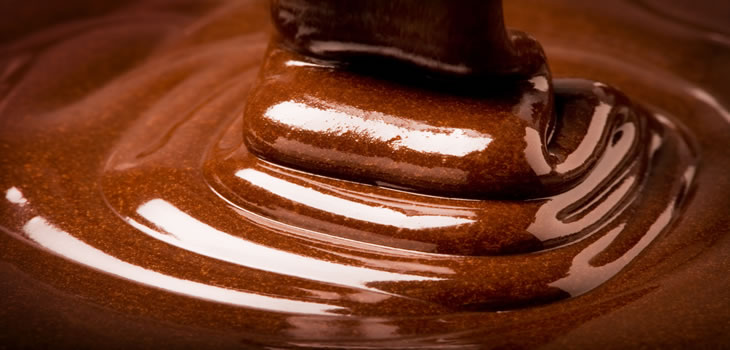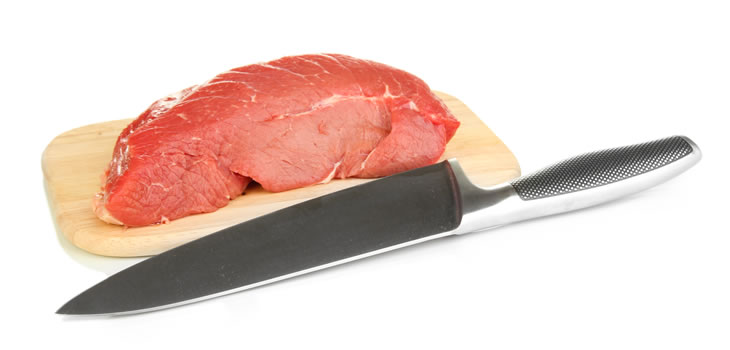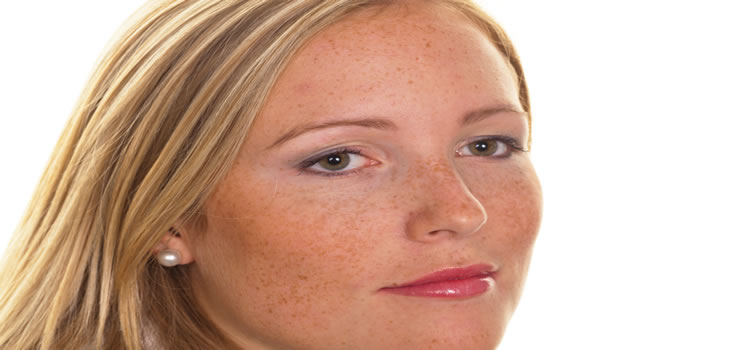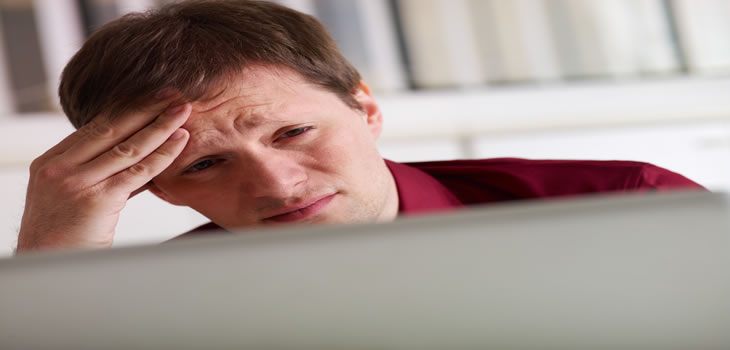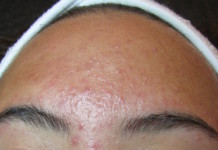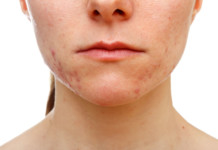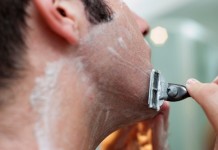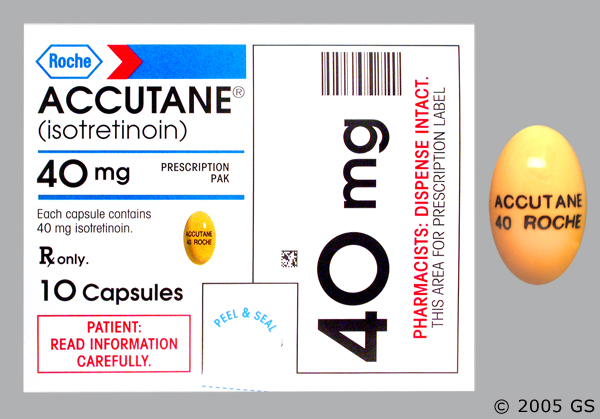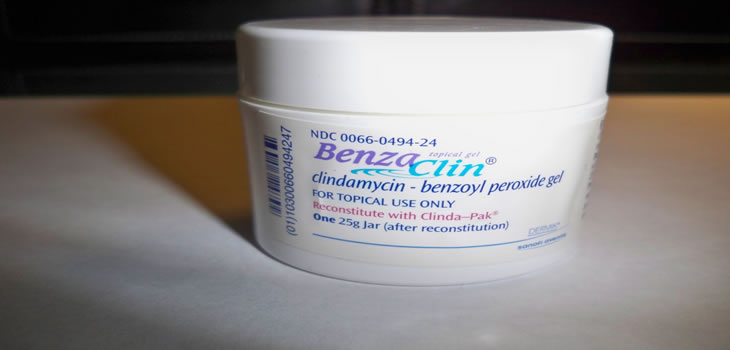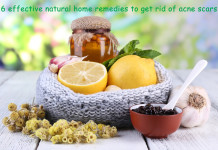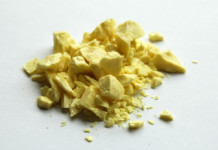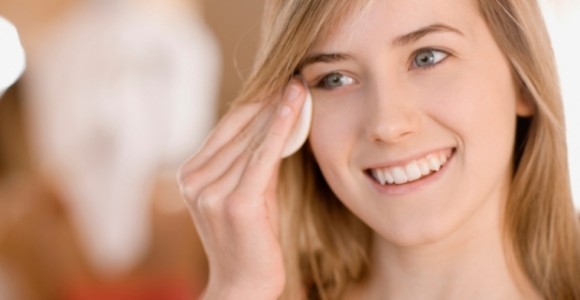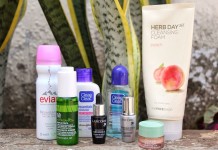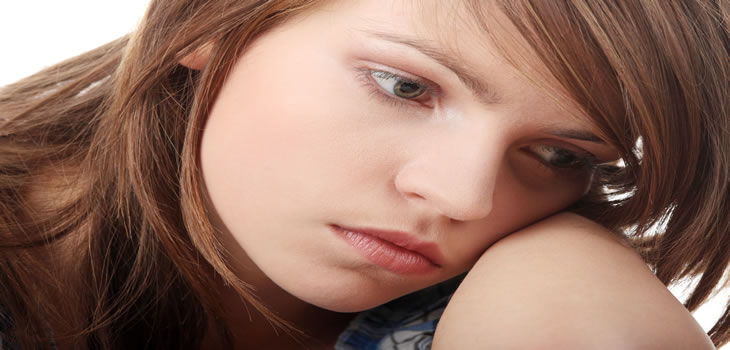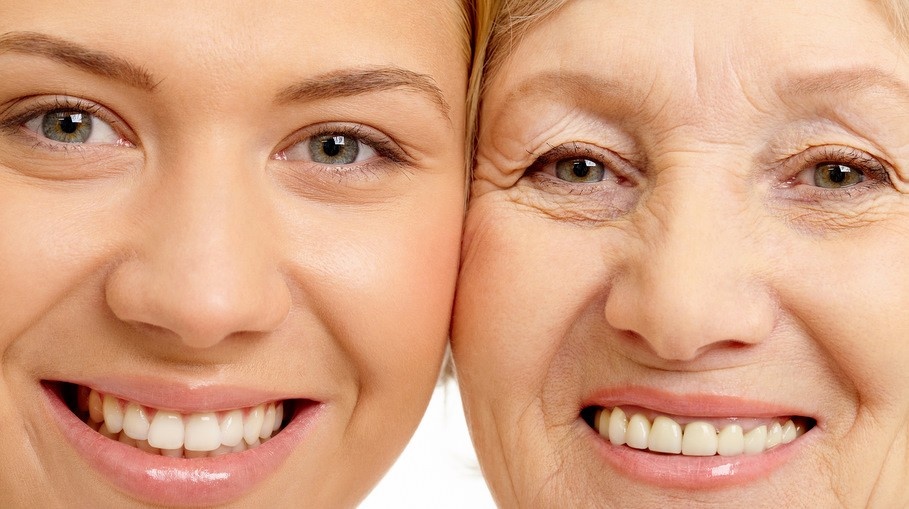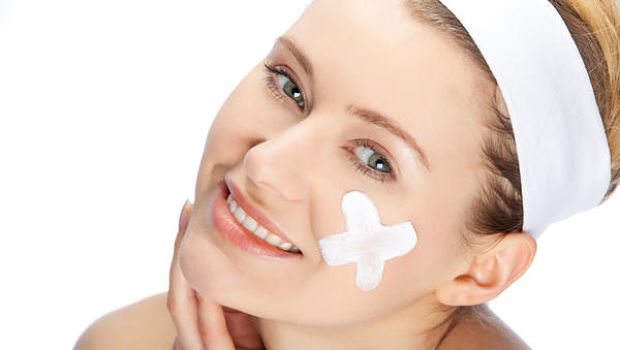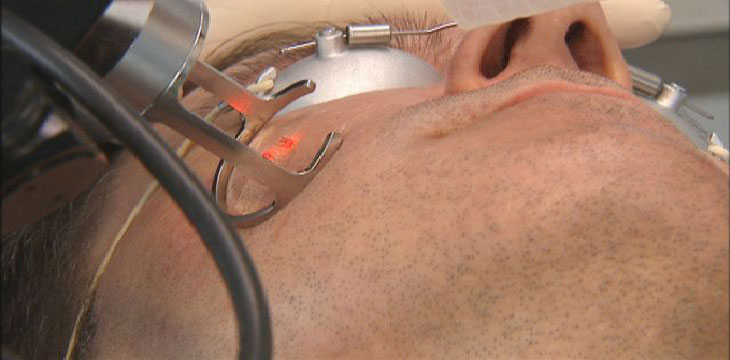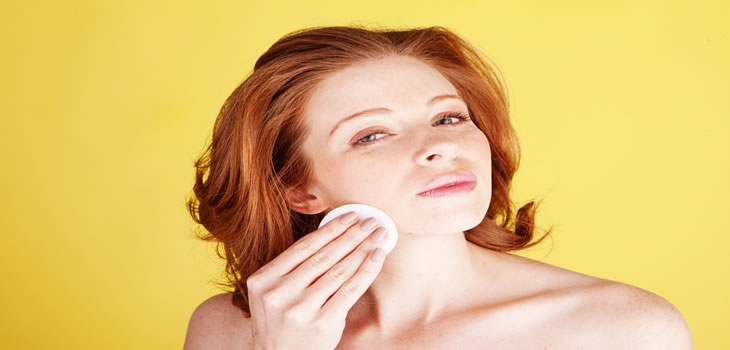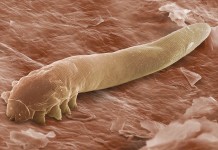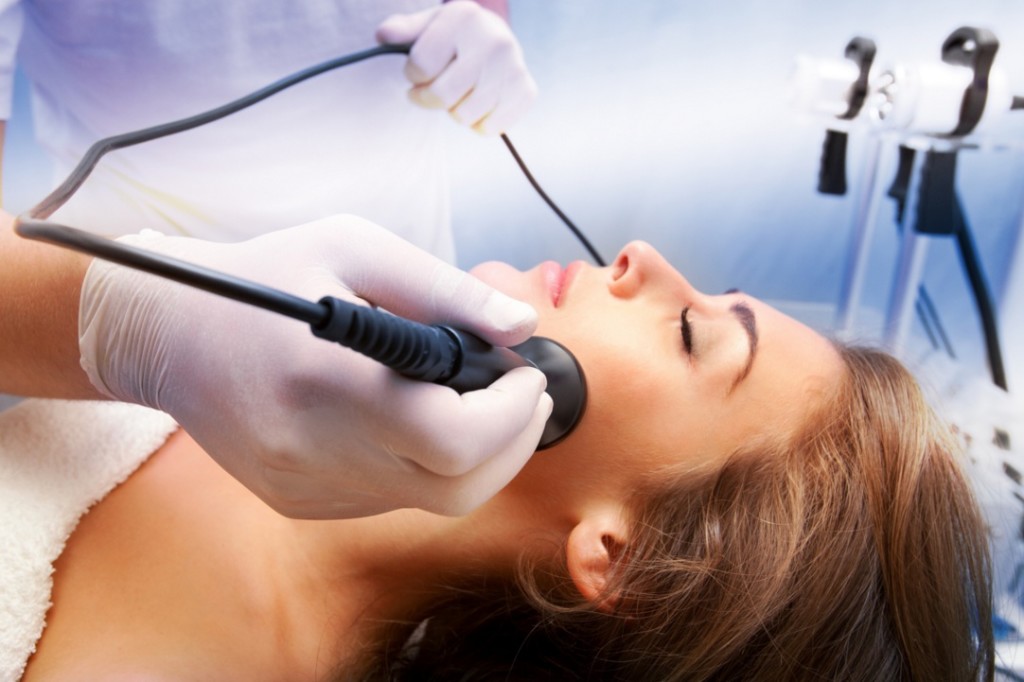 Alternative Acne Treatments
Alternative Acne Treatments
According to the American Academy of Dermatology, acne is the most common skin condition in the United States. It affects teenagers and young adults causing blackheads, pimples, inflammation, and even scarring. Those looking for a good acne treatment technique should try laser peel. Laser peel, also referred to as laser skin resurfacing, is the removal of the skin’s top layers using focused laser light energy. Laser peels can infiltrate deep layers of the skin to offer additional benefits. This form of treatment offers some major benefits; it makes the skin tighter, smoother, and even in texture, color, and tone.
In laser resurfacing, a laser is used to emit short pulses of high-energy light which are absorbed by chromophobes (substances in the skin) and water. The light is converted into heat energy which destroys the skin’s thin sections, layer by layer. New skin appears to replace the blemished skin that was removed by laser peel. Some lasers tighten the skin by heating it which results in better skin. The most common laser used in laser peels is the CO2 (carbon dioxide). Other popular lasers that have been created to address specific skin conditions include the Erbium laser, Q-switched laser, and fractional lasers, among others.
Benefits Of Laser Peels For Acne Treatment
Laser peel is a precise acne treatment technique that causes very minor damage to the skin and tissue. It is often done on the face but can also be done on other areas of the body. Some surgeons use low-energy lasers when treating the neck and other parts of the skin that don’t heal as well as the face. These days, there are new methods of laser peels that offer faster recovery times and have fewer complications. These include:
- Plasma Skin Resurfacing- In this technique, plasma energy is used to destroy the skin’s lower layers without affecting the top layer. The lower layers of skin are protected by the top layer as they heal.
- Fractional Laser Peel- This targets microscopic columns of skin leaving the skin around treated area undamaged. The untreated areas of the skin surround the treated areas resulting in visible improvement without a lot of scabbing or bleeding. They act as a barrier and reservoir for quick healing. Fractional laser peels deliver results similar to those of deep chemical peels. They offer a minimum level of risk and their wounds have a short healing period. This technique is commonly used for acne treatment and removing wrinkles around the eyes and mouth.
- Infrared Laser Peel-Here, heat is focused on the skin’s deeper layers resulting in smooth and tighter skin. This type of laser peel causes collagen stimulation and is useful for acne scarring. It is also used to remove hair in darker skin types.
- Superficial Erbium-Also referred to as YAG laser resurfacing, superficial erbium is a mild laser treatment method. It works best for acne, minor wrinkles, and other skin problems. It can also be used to improve fine lines and pigmentation, and in the removal of moles.
Are Laser Peels Good For Acne Treatment?
According to the American Academy of Dermatology, laser peels target two major causes of acne. They kill the Propionibacterium acnes bacteria, reducing inflammation, infection and resulting in clearer skin. They also shrink and even destroy the oil-producing sebaceous glands that exist beneath the skin’s surface. When sebaceous glands shrink, they produce less oil, leading to fewer clogged pores hence less acne.
The Benefits of Laser Peels
Laser peels remove skin layer by layer with accuracy. During the procedure, highly concentrated, controlled light beams are used to significantly reduce the risk of scarring.
Laser peels are fairly non-invasive forms of treatments hence the amount of post care needed is manageable. Patients are instructed to clean and wash the affected area 3-5 times a day for a number of days after the procedure.
The new skin cells formed during the healing process give the skin a tight and younger looking surface. The new skin is easy to care for; all you need to do is apply a nourishing moisturizer or use sunscreen (of at least SPF 15) liberally. When properly cared for, the new skin continues to rejuvenate and firm itself for up to a year.
Laser peels are capable of treating acne when other medications have failed. Some acne patients who have tried strong acne medicine without luck have seen changes when laser resurfacing was introduced to their treatment plan.



